I've recently completed a tutorial with a couple of jsFiddles and explain how to use YQL, XPATH, and jQuery .ajax() for a different SO Question, which will shed some light in your direction. You can see that SO Answer here.
To comply with a acceptable answer for your question, I've put together a working demo to show you how easy it is to data scrape the data from the webpage your requesting.
The jsFiddle Demo contains lots of comments and console.log() messages to understand the workflow process. Ensure you active your browsers console and use Firebug for example. The HTML and CSS used to construct the Faculty Member Boxes mimic those from the original website, including Links in the Image, Name, Email, and Webpage Theme too.
DEMO:
jsFiddle Data Scraping XML: Dynamic Webpage Building
Revised!!! In addition to revised jsFiddle above, see related
jsFiddle Tutorial: Creating Dynamic Div's (Now Improved!)
HTML:
<div id="results"></div>
jQuery:
var directoryName = 'child-development-program';
$.ajax({
type: 'GET',
url: "http://query.yahooapis.com/v1/public/yql?q=select%20*%20from%20html%20where%20url%3D%22http%3A%2F%2Fdirectory.vancouver.wsu.edu%2F" + directoryName + "%22%20and%20xpath%3D%22%2F%2Fdiv%5B%40id%3D'content-inner'%5D%2Fdiv%2Fdiv%2Fdiv%2Fdiv%2Fdiv%5B2%5D%22",
dataType: 'xml',
success: function(data) {
if (data) {
// Show in console the jQuery Object.
console.info('Here is the returned query');
console.log( $(data).find('query') );
// Show in console the results in inner-html text.
var textResults = $(data).find('results').text();
console.log( textResults );
// Parse the list of faculty members. Variable indexFM is not used for indexed faculty member.
$(data).find('results').find('.views-row').each(function(indexFM){
// This variable will store the current faculty member.
var facultyMember = this;
console.info('Faculty jQuery DIV Object shown on next lines.');
console.log( facultyMember );
// Parse the contents of each faculty member. Variable indexFC is not used for indexed faculty content.
$(facultyMember).each(function(indexFC){
// Get Thumbnail Image of Faculty Member
var facultyMemberImage = $(this).find('.views-field-field-profile-image-fid #directoryimage a img').attr('src');
console.log( facultyMemberImage );
// Get Title (Name) of Faculty Member
var facultyMemberTitle = $(this).find('.views-field-field-professional-title-value #largetitle').text();
console.log( facultyMemberTitle );
// Get relative URL fragment.
//
// Stackoverflow Edit: Much more extraction in this section, see jsFiddle link above.
//
// Get Email of Faculty Member
var facultyMemberEmail = $(this).find('.views-field-field-email-value span').text();
// Simple dashed line to separate faculty members as seen in browser console.
console.log('--------');
var divObject = '<div class="dynamicResults"><div class="dynamicThumb"><a href="' + facultyMemberUrl + '"><img src="' + facultyMemberImage + '" alt=""></a></div><div class="dynamicInfo"><div class="dynamicText"><a href="' + facultyMemberUrl + '" class="dynamicName">' + facultyMemberTitle + '</a></div><div class="dynamicText">' + facultyMemberPosition + '</div><div class="dynamicText">Phone: ' + facultyMemberPhone + '</div><div class="dynamicText">Location: ' + facultyMemberBuilding + ' <span>' + facultyMemberRoom + '</span></div><div class="dynamicText"><a href="' + facultyMemberEmailUrl + '" class="dynamicEmail">' + facultyMemberEmail + '</a><span class="dynamicEmailpic"></span></div></div></div><div class="clear"></div>';
// Build webpage with dynamic data.
$('#results').append( divObject );
});
});
}
}
});
Screenshot: Thumbnails in photo are 100px x 100px Revised Photo for Revised jsFiddle!!

But in really looking at your Question, I wanted to try something new and simple... the results are very acceptable however. This time, the data scraping technique is using the webpages native CSS file as an asset in the jsFiddle, while also using the returned data directly into the DOM.
This method uses the same principle as above, except it's using html as the .ajax() dataType to have available a near clone of the original webpage. The only drawback is the requirement for the whole CSS file, but you can parse an original file to remove excess styles and selectors not needed (Important as not to break the 4096 CSS Selector barrier in IE).
DEMO:
jsFiddle Data Scraping HTML: Clone That Webpage
HTML
<link type="text/css" rel="stylesheet" media="all" href="http://directory.vancouver.wsu.edu/sites/directory.vancouver.wsu.edu/files/css/css_f9f00e4e3fa0bf34a1cb2b226a5d8344.css" />
<div id="facultyAnthropology"></div>
jQuery:
var directoryName = 'anthropology';
$.ajax({
type: 'GET',
url: "http://query.yahooapis.com/v1/public/yql?q=select%20*%20from%20html%20where%20url%3D%22http%3A%2F%2Fdirectory.vancouver.wsu.edu%2F"+directoryName+"%22%20and%20xpath%3D%22%2F%2Fdiv%5B%40id%3D'content-area'%5D%22",
dataType: 'html',
success: function(data) {
$('#facultyAnthropology').append($(data).find('results'));
}
});
Screenshot: As above, Thumbnails in photo are 100px x 100px


